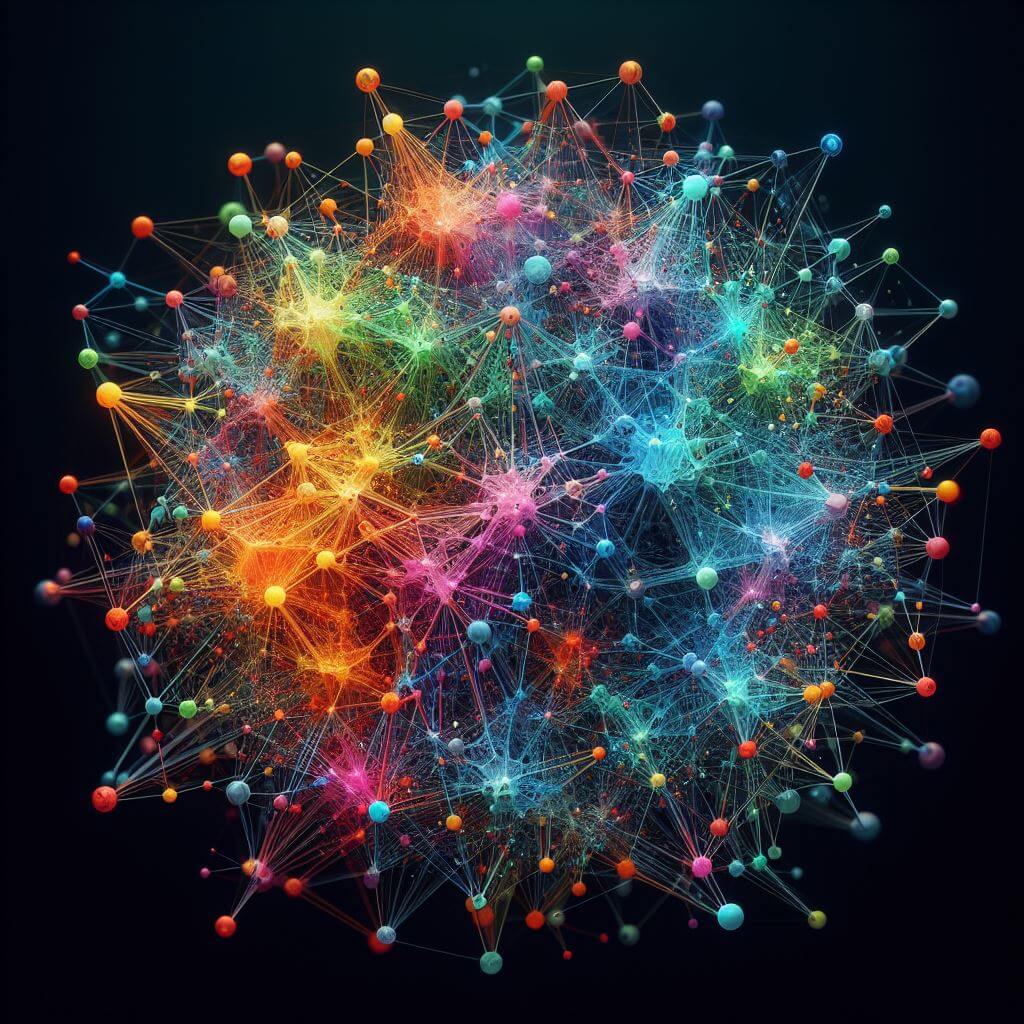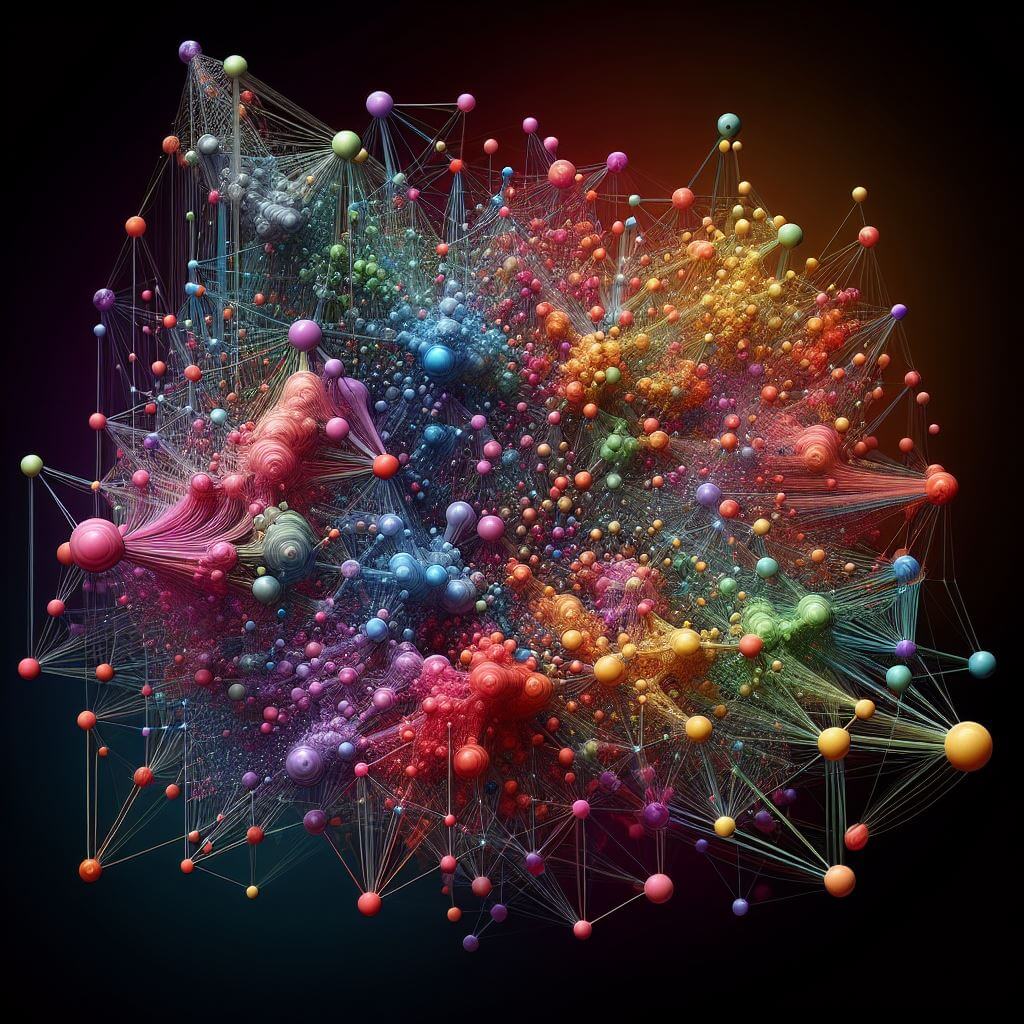A CNN is a type of deep neural network specially architected to process data that comes in the form of multiple arrays, such as a color image composed of three 2D arrays containing pixel intensity values.
The foundation of a CNN is laid by its convolutional layers, which, as the name suggests, are designed to perform mathematical convolution operations. In the realm of CNNs, convolution serves the purpose of filtering input data to extract relevant features for analysis. Each convolutional layer contains a set of trainable filters or kernels, which are small in size but extend through the full depth of the input volume. For instance, in processing a 2D image, these filters slide across the image width and height — this movement is referred to as “striding.” During the striding process, the filter is applied to local regions of the input, calculating the dot product between the filter and the input at each position. A high response to the dot product indicates the presence of a specific feature at that location.
 As the filters stride across the input image, they create a 2D activation map that indicates the locations and strength of a detected feature. By using multiple filters, a convolutional layer can extract a diverse set of attributes from its input, where each filter specializes in capturing a unique aspect of the data, such as edges or textures. These filters can be trained to recognize more complex patterns, such as parts of objects or even entire objects, as we go deeper into the network.
As the filters stride across the input image, they create a 2D activation map that indicates the locations and strength of a detected feature. By using multiple filters, a convolutional layer can extract a diverse set of attributes from its input, where each filter specializes in capturing a unique aspect of the data, such as edges or textures. These filters can be trained to recognize more complex patterns, such as parts of objects or even entire objects, as we go deeper into the network.
The next pivotal component in a CNN is the pooling layer, which typically follows one or more convolutional layers. Pooling operations aim to reduce the dimensionality of the input volumes for the next convolutional layer, which helps in decreasing the computational load, memory usage, and the number of parameters — reducing the chance of overfitting. The pooling layer works by dividing the input into a set of non-overlapping rectangles and outputting the maximum (for max pooling) or average (for average pooling) value of each subregion.
By intervening pooling layers and deeper convolutional sequences, CNNs build a hierarchical structure of layers where the initial layers might focus on low-level features like edges, and subsequent layers knit these features into high-level patterns. These deeper layers amalgamate the basic attributes into representations that stand for intricate structures within the data, which is essential for recognizing complex objects in images.
Following the convolutional and pooling layers, a CNN proceeds to one or more fully connected layers, which resemble the traditional multi-layer perceptrons (MLPs) in regular neural networks. Here, the output of the final pooling layer is flattened into a one-dimensional vector and fed into a fully connected network structure. These dense layers then integrate all the localized information gathered by the convolutional layers, taking into account the global patterns to make a final decision, such as classifying the image into one of several categories.
The softmax function can be used in the final layer of a CNN when the problem involves classifying instances into mutually exclusive classes. The softmax layer acts as an activation function that turns the raw output scores, also known as logits, into normalized probabilities by exponentiating and normalizing them — thus ensuring that the sum of the predicted probabilities for all classes equals one.
Training Convolutional Neural Networks
Training a convolutional neural network is a multifaceted process that involves more than simply introducing data and expecting immediate results. It is a carefully orchestrated procedure that iteratively adjusts the multitude of parameters within the network to minimize the difference between the predicted and actual outputs. At the core of this procedure is the backpropagation algorithm, a foundational mechanism used for effective learning.
Backpropagation in CNNs makes use of the chain rule from calculus to propagate the error backward through the network, from the final layers to the input layers. The error is quantified using a loss function, often the cross-entropy loss for classification tasks, which provides a measure of how well the network’s predictions align with the actual targets. During training, this loss function needs to be minimized, which is done through optimization algorithms like stochastic gradient descent (SGD) or its more sophisticated variants like Adam or RMSprop.
Throughout the training process, the gradients of the loss function with respect to the network’s weights are calculated. These gradients provide the direction in which the weights should be adjusted to reduce the loss. Weight adjustment is facilitated by a hyperparameter known as the learning rate, which determines the size of the steps taken toward the minimum of the loss function. If the learning rate is too high, the network might overshoot the minimum, whereas a learning rate that’s too low might result in an extremely slow training process or the network getting stuck in a local minimum.
The convolutional layers’ filters are of particular interest when it comes to training a CNN. Initially, these filters are set with random values, but as training progresses, the filters are updated to capture prominent features in the images, such as edges or color blobs in early layers, and more complex patterns in deeper layers. This feature extraction process is what gives CNNs their powerful capability to understand and interpret visual data.
Regularization techniques such as dropout are also frequently applied during training. In dropout, a randomly selected subset of neurons is ignored during a particular pass of training, which helps to prevent co-adaptation of neurons and reduces overfitting, where the network performs well on training data but fails to generalize to unseen data.
Another critical aspect of training CNNs is the use of data augmentation. Since CNNs require a substantial amount of data to learn effectively, artificially expanding the dataset through various transformations like rotations, scaling, and cropping can improve the model’s robustness and generalization capabilities.
 Batch normalization is an additional technique often used while training CNNs. It involves normalizing the inputs of each layer to have zero mean and unit variance, which helps in stabilizing and accelerating the training process.
Batch normalization is an additional technique often used while training CNNs. It involves normalizing the inputs of each layer to have zero mean and unit variance, which helps in stabilizing and accelerating the training process.
Pre-training is also a significant part of the CNN training paradigm. Larger CNNs with millions of parameters might be intractable to train from scratch with limited data. In such cases, networks pre-trained on large datasets such as ImageNet can be fine-tuned on a smaller target dataset. This transfer learning approach leverages the generalized feature detectors learned from the larger dataset and has been shown to greatly improve performance when data is scarce.
Applications and Future of CNNs
The applications of convolutional neural networks are varied and far-reaching, impacting numerous industries and spearheading advancements within the field of computer vision. In the domain of personal electronics, CNNs power real-time facial recognition systems, a feature now common in many smartphones and devices as a method for secure authentication. These networks also enable users to interact with augmented reality applications that necessitate accurate and instantaneous mapping of facial features.
In the automotive sector, CNNs are integral to the development of autonomous vehicles. They provide the computational power behind vision-based perception systems that allow vehicles to navigate by recognizing lane markings, identifying obstacles like pedestrians and other cars, and interpreting traffic signals. These networks are continually trained on vast datasets to cope with an ever-expanding array of scenarios encountered on the roads, making autonomous driving more reliable and safer.
The impact of CNNs is perhaps most profoundly felt within the healthcare industry. In medical imaging, CNNs assist radiologists by providing more accurate diagnoses through precise analysis of images from X-rays, MRIs, and CT scans. By learning from vast datasets of annotated images, CNNs can detect abnormalities, such as tumors or fractures, often with a level of precision that rivals or surpasses human experts. This capability not only enhances diagnostic procedures but also contributes significantly to research by identifying patterns and correlations within medical data that may not be visible to human observers.
In the field of retail, CNNs are transforming inventory management through image recognition technologies, allowing systems to automatically count and categorize items on shelves. This results in improved stock monitoring and more efficient supply chain management. Similarly, CNNs enable visual search platforms for consumers, where a photo can serve as a query for an online search engine, returning similar or related products.
